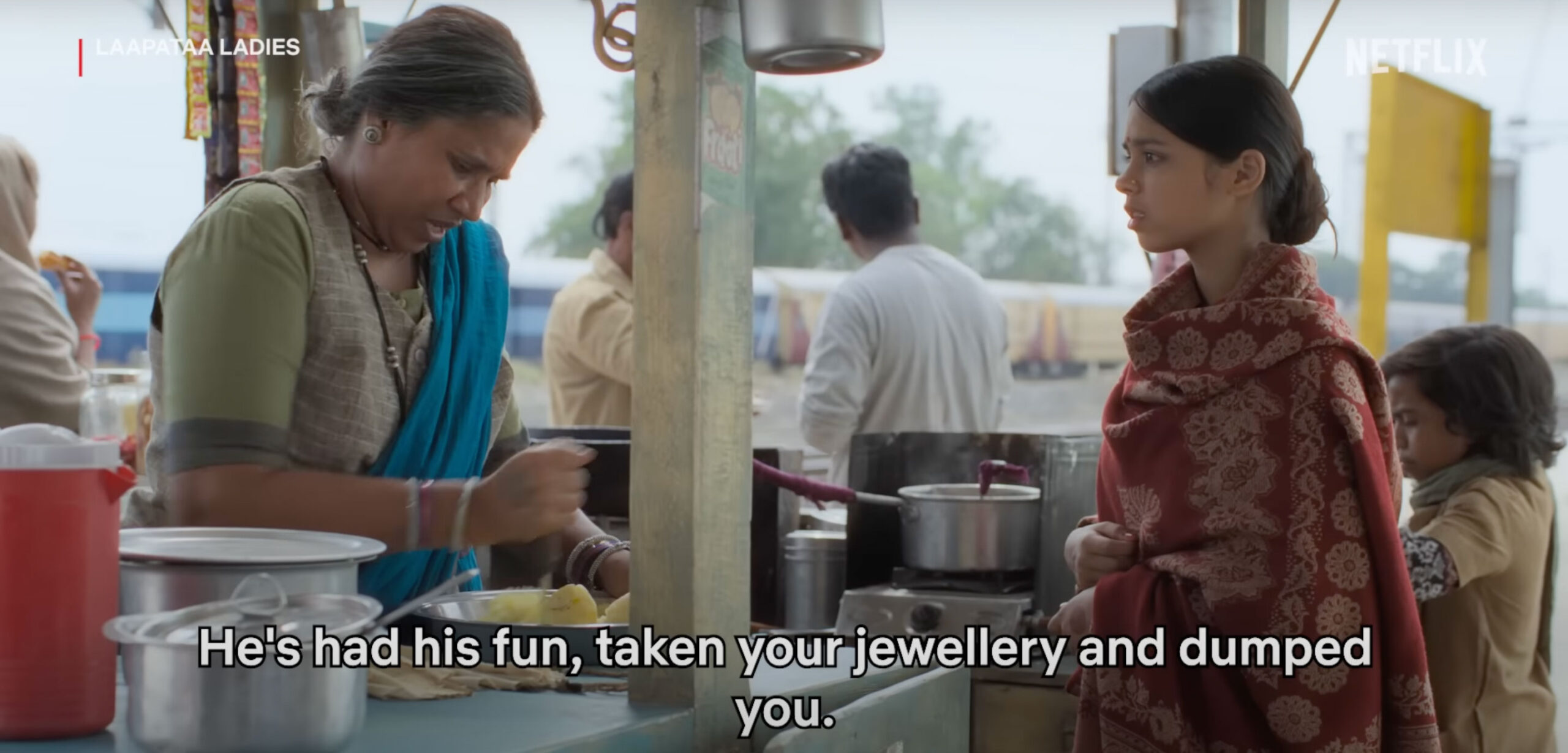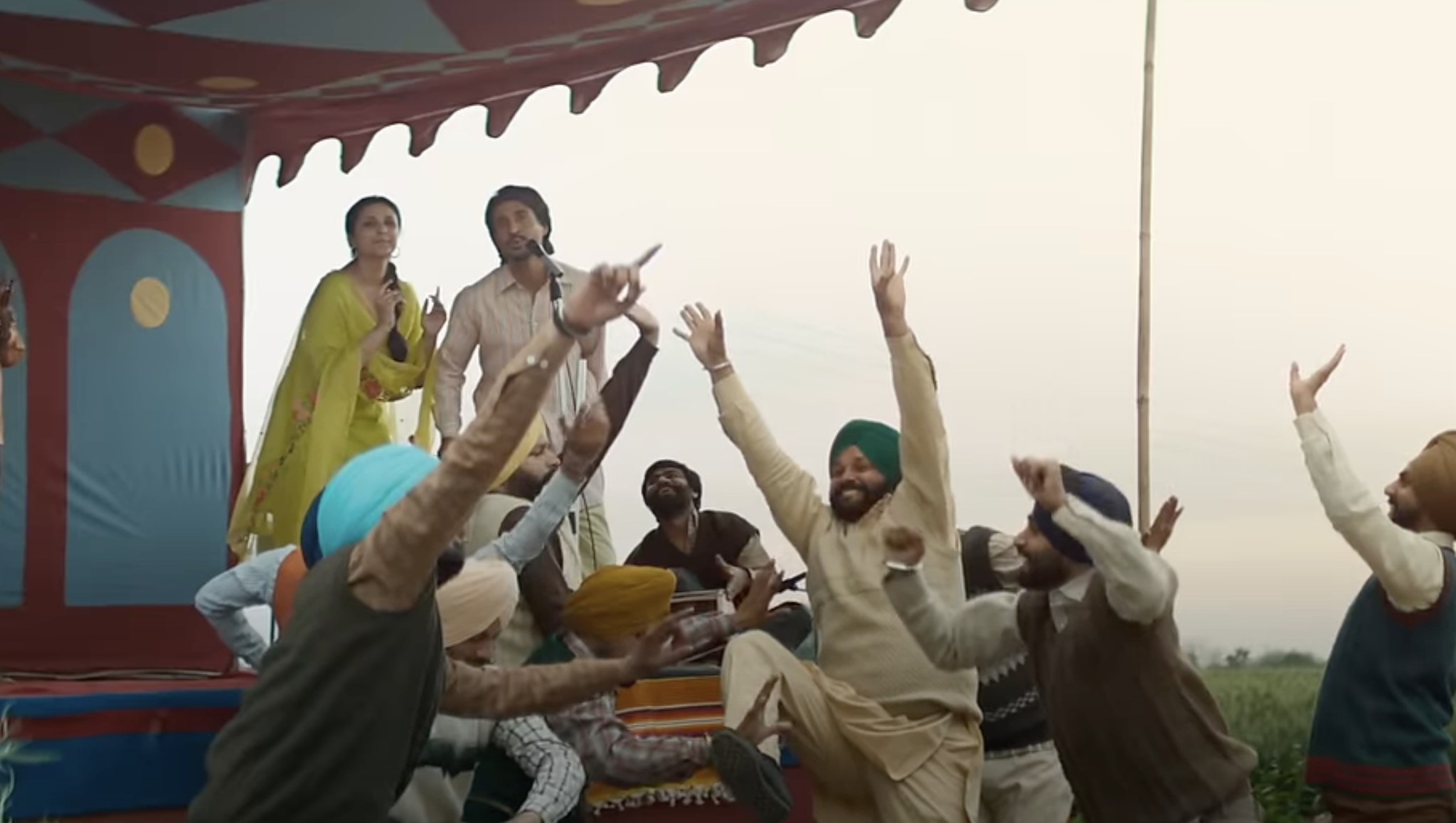Badhadi is located on the four-lane Bokaro-Dhanbad National Highway 23 between Telgaria and Jharia, the coal belt of Jharkhand. The village, which falls under Nischintpur village panchayat, is just 5 kilometres from the district headquarters Bokaro and 4 kilometres from the block headquarters Chas. Dom Tola, a settlement in the village that adjoins the highway, is home to around 16 families of the Dom caste, who make a living by weaving baskets and working as daily-wage labourers.
One morning, as I was driving past the village, I saw a bridge-like structure on the side of the settlement. It appeared to be an old structure, probably from the Mughal or the British era. I decided to give it a closer look. I parked my bike on the roadside and walked into the settlement.
On the roadside stood a water tank, which was a recent construction, funded by the panchayat. It was a symbol of incomplete basic infrastructure haphazardly and halfheartedly put together by the government.
There were men and women seated near the tank. Children were fooling about. The houses of the people looked like a cross between kutcha and pucca houses. The walls were made of brick but the roofs were just plastic sheets. They seemed to be mocking the government’s housing schemes, especially the Pradhanmantri Grameen Awas Yojana.
It felt as if the slogan “Bante ghar, poore hote sapne” (building houses, fulfilling dreams) was not meant for Dalits. This slogan is frequently used in government advertisements. When I contacted the Block Development Officer (BDO) of Chas, he said that the names of the residents of the settlement were not on the BPL (below poverty line) list, hence they were not able to benefit from the government schemes.

In September 2016, the Indira Awas Yojana was renamed as the Pradhanmantri Awas Yojana and the amount provided to BPL families under the scheme for building their houses was raised from Rs 45,000 to Rs 70,000. This is a centrally sponsored housing scheme, financed by the Centre and the states in the ratio of 75 to 25. In the case of northeastern states, the ratio is 90 to 10 while in the case of union territories the entire funding comes from the Centre.
The scheme was launched as Indira Awas Yojana in 1985-86 and was amended in 1999-2000. Under the scheme, the poor (BPL) families in rural areas are able to build houses free of cost. The amount is released to a woman member of the family. In 2010-11, a sum of Rs 10,000 crore was allocated for the scheme.
Besides BPL families, Economically Weaker Sections (EWS) are also eligible for the Pradhamantri Awas Yojana. EWS includes families with annual household income of less than Rs 300,000. In theory, the scheme is also meant for the Scheduled Castes (SCs), Scheduled Tribes (STs) and Other Backward Classes (OBCs).
There are some other criteria, too. For instance, the beneficiary should not have a house of his own and should not have benefited from any other central or state government housing scheme.
But what about these residents of Badhadi? Who is responsible for the names of these worst off among Dalits, living on the margins of society, not figuring on the BPL list? Also, why are the inhabitants of the Dom Tola, who fulfil all the eligibility norms, being deprived of the benefits of the Pradhanmantri Awas Yojana?
As I entered the Tola, the curious residents surrounded me. They probably thought I was some government functionary. I clarified that I was a journalist and could only write about their problems.

I asked who among them had got the monetary assistance under the Indira Awas Yojana or the Pradhamantri Awas Yojana. The answer was “no one”. My next question was, “Has any of you ever applied for the scheme?” This time, the answer was not in the negative. “We had given our applications to Mukhiya ji but nothing has moved since then,” they said. Then I asked them how long they had been living at that particular location. “For generations,” came the reply. “Just see that bridge constructed by the British. Our ancestors have been living here since then,” I was told. One young man pointed towards the bridge-like structure – the one which had compelled me to stop and make enquiries. It had three archways under it, one of which was used by someone as a door-less house. It seemed to be a British-era structure but despite wracking my brain I could not fathom the purpose for which it must have been built. Like under a bridge, the archways were open on both sides.
I asked a widow standing nearby whether she had a ration card. “No, babu,” she said. Does she receive pension meant for widows? The answer was again no. “Do you have Aadhar and voter cards?” “Yes,” everyone answered in unison. “This means all of you vote?” “Yes we do,” they said.
“Do you have Ayushman Bharat cards?” was my next question. The answer was again an emphatic no.
The Ayushman Bharat Yojana or the Pradhanmantri Jan Arogya Yojana (PM-JAY) is a public health programme launched by the Government of India. It was announced by the then finance minister Arun Jaitley in the 2018 Budget session of Parliament and was implemented from 1 April 2018. The objective of the programme is to provide health insurance to BPL families. All eligible families can get cashless treatment for up to Rs 5 lakh per year.
When asked about employment, a young man said, “Our forefathers used to make baskets for a living. Even now, some people do that work. But most of us are daily-wage labourers. We have somehow been bringing up our children. The government doesn’t give us any facilities.” His tone was weak but I could tell that what he meant was that others had hijacked the benefits of the government schemes meant for him.
I asked another youngster his name and how far he had got in terms of education. His name was Dablu. He said, “I haven’t gone to school. So, where is the question of education?” He said he worked as a manual labourer. I was told that none of the residents of the Tola has a ration card. When I asked about the elderly and whether they were getting old-age pensions, the answer was that there were five or six elderly people but none of them was getting the pension. “Then how do they fill their stomachs?” “Some beg, others do some light work,” I was told.
This is the state of the Dom Tola, located just 6-7 km away from the steel-making town, Bokaro. About 3-4 km away from here is the steel plant of the Vendanta Group, with a capacity to produce 45 lakh metric tons of steel.
When I asked the local BDO about the residents not having ration cards and not benefiting from the other schemes, he said that only the supply officer could comment on it. The mobile phone of the supply officer was switched off.
(Translation: Amrish Herdenia; copy-editing: Anil)
Forward Press also publishes books on Bahujan issues. Forward Press Books sheds light on the widespread problems as well as the finer aspects of Bahujan (Dalit, OBC, Adivasi, Nomadic, Pasmanda) society, culture, literature and politics. Contact us for a list of FP Books’ titles and to order. Mobile: +917827427311, Email: info@forwardmagazine.in)
The titles from Forward Press Books are also available on Kindle and these e-books cost less than their print versions. Browse and buy:
The Case for Bahujan Literature
Dalit Panthers: An Authoritative History







